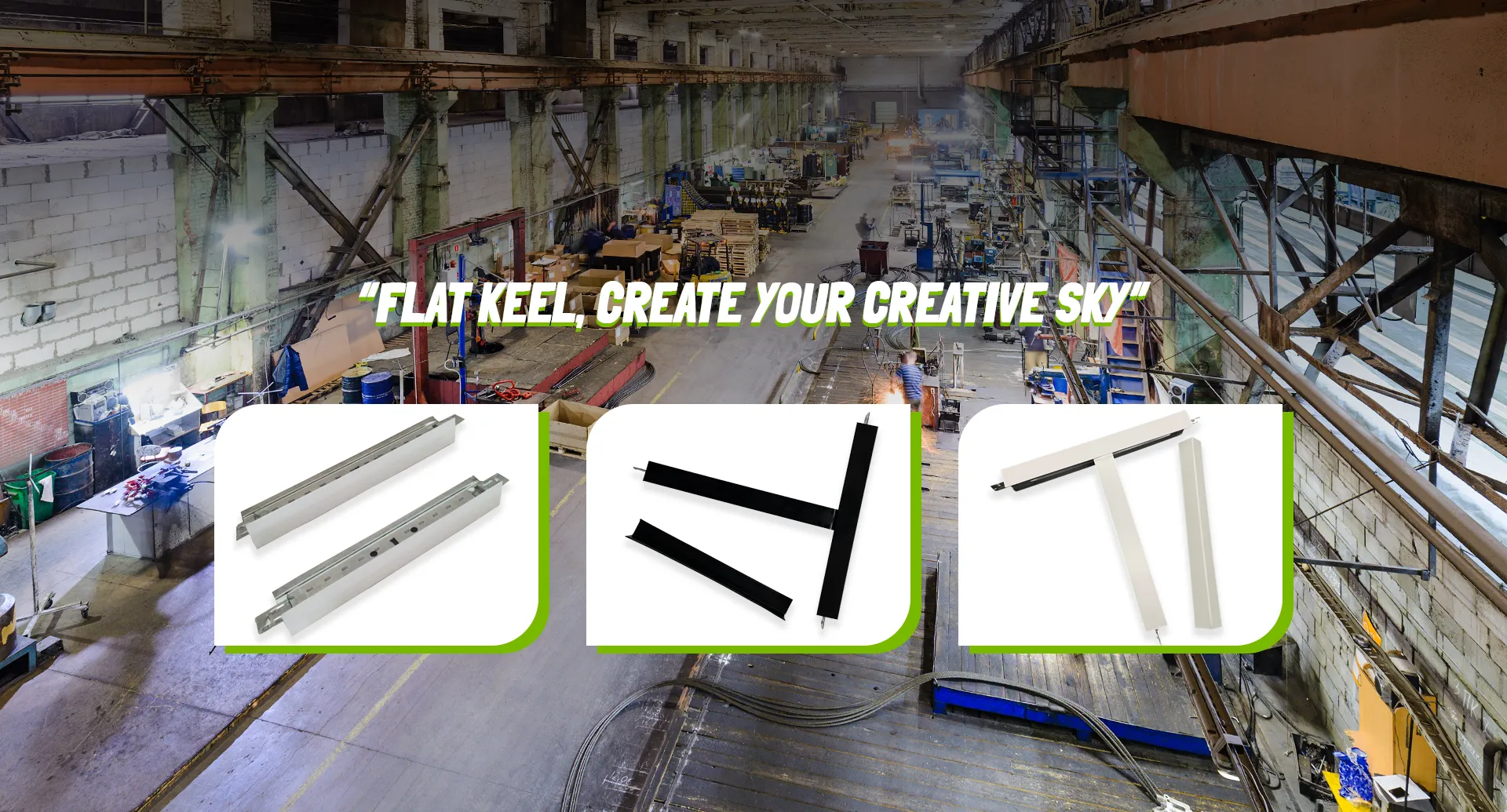- Afrikaans
- Albanian
- Amharic
- Arabic
- Armenian
- Azerbaijani
- Basque
- Belarusian
- Bengali
- Bosnian
- Bulgarian
- Catalan
- Cebuano
- Corsican
- Croatian
- Czech
- Danish
- Dutch
- English
- Esperanto
- Estonian
- French
- German
- Greek
- Hindi
- Indonesian
- irish
- Italian
- Japanese
- Korean
- Lao
- Malay
- Myanmar
- Norwegian
- Norwegian
- Polish
- Portuguese
- Romanian
- Russian
- Serbian
- Spanish
- Swedish
- Thai
- Turkish
- Ukrainian
- Uzbek
- Vietnamese
Nën . 18, 2024 07:55 Back to list
concealed ceiling access panel
Understanding Concealed Ceiling Access Panels Benefits and Best Practices
In modern architecture and interior design, functionality often meets aesthetic appeal, especially when it comes to building maintenance and access. One of the unsung heroes in this domain is the concealed ceiling access panel. Though typically overlooked, these panels serve a crucial role in maintaining the integrity of ceilings while ensuring easy access to essential utilities hidden above, such as electrical wiring, plumbing, and HVAC systems. This article will delve into the significance of concealed ceiling access panels, their benefits, and best practices for their implementation.
What is a Concealed Ceiling Access Panel?
A concealed ceiling access panel is a door-like structure, typically installed in ceilings, that provides entry to concealed spaces. These panels are designed to blend seamlessly with the surrounding ceiling material, whether it be drywall, plaster, or suspended tiles. The goal is to create a discreet access point that maintains the aesthetic integrity of a space while allowing for quick and easy entry for maintenance and inspections.
Benefits of Concealed Ceiling Access Panels
1. Aesthetic Integration One of the primary advantages of concealed access panels is their ability to integrate into the design of the ceiling. Unlike traditional access doors that might be bulky and obtrusive, concealed panels can be painted or finished to match the surrounding surface, making them virtually invisible. This is especially important in commercial spaces where design continuity and visual appeal are paramount.
2. Ease of Access Concealed ceiling access panels provide straightforward access to vital systems without the need for extensive remodeling or damage to ceilings. This ease of access allows maintenance personnel to quickly reach utilities for inspections, repairs, or upgrades, saving time and reducing labor costs.
3. Enhanced Safety By providing designated access points to electrical and plumbing systems, concealed ceiling access panels contribute to workplace safety. Technicians can service equipment without creating hazards, such as cutting through ceilings or walls, thus minimizing potential structural damage or injury.
4. Cost-Effective Maintenance Investing in concealed access panels translates to long-term savings. With easy access to critical infrastructure, property owners can conduct routine maintenance more efficiently, preventing costly emergency repairs down the line.
concealed ceiling access panel

5. Versatile Applications Concealed ceiling access panels are suitable for various environments, including commercial buildings, healthcare facilities, industrial sites, and residential homes. Their versatility makes them a preferred choice for architects and builders seeking practical solutions.
Best Practices for Installing Concealed Ceiling Access Panels
1. Proper Placement When installing access panels, it's crucial to consider their placement carefully. They should be located strategically where maintenance personnel can access utilities without obstruction. Concealment does not mean inaccessibility; ensure that the panels can be reached efficiently.
2. Quality Materials Select high-quality access panels that offer durability and ease of use. Panels constructed of robust materials will withstand regular use and provide a long-lasting solution. Additionally, ensure that the panels are compatible with the ceiling type to facilitate a seamless fit.
3. Seamless Installation To achieve a truly concealed result, hire experienced professionals for installation. Proper installation techniques, such as using joint compounds and appropriate sealing methods, will enhance the panel's undetectable appearance.
4. Design Consistency When choosing access panels, consider their design and how they will fit within the overall aesthetic of the space. Options are available with different finishes and sizes, enabling customization to match the surrounding architecture.
5. Regular Inspections After installation, schedule periodic inspections of the access panels. Ensure that they remain functional and unobstructed. Regular maintenance checks can help identify any potential issues before they escalate.
Conclusion
Concealed ceiling access panels are a critical component in the architecture of both commercial and residential spaces. They offer a blend of aesthetics and practicality, facilitating easy access to essential infrastructure while maintaining a polished appearance. By understanding the benefits and following best practices for their installation and maintenance, property owners and builders can effectively leverage these panels to enhance the functionality and safety of their spaces. Ultimately, investing in concealed ceiling access panels is a smart choice for anyone looking to balance operational ease with design elegance.
-
Transform Interiors with PVC Gypsum Ceiling: A Stylish, Durable, and Moisture-Resistant SolutionNewsMay.19,2025
-
The Smart Interior Upgrade: Discover the Durability and Versatility of Gypsum Ceiling Access Panel SolutionsNewsMay.19,2025
-
The Smart Choice for Interior Design: Discover the Value of PVC Gypsum Ceiling SolutionsNewsMay.19,2025
-
Mineral Fiber Ceiling Tiles: The Smart Blend of Performance and AestheticsNewsMay.19,2025
-
Mineral Fiber Ceiling Tiles: The Superior Choice Over Gypsum for Sound and Fire SafetyNewsMay.19,2025
-
Mineral Fiber Ceiling Tiles: Eco-Friendly Strength and Style for Every CeilingNewsMay.19,2025







